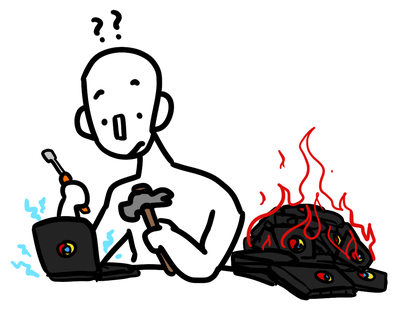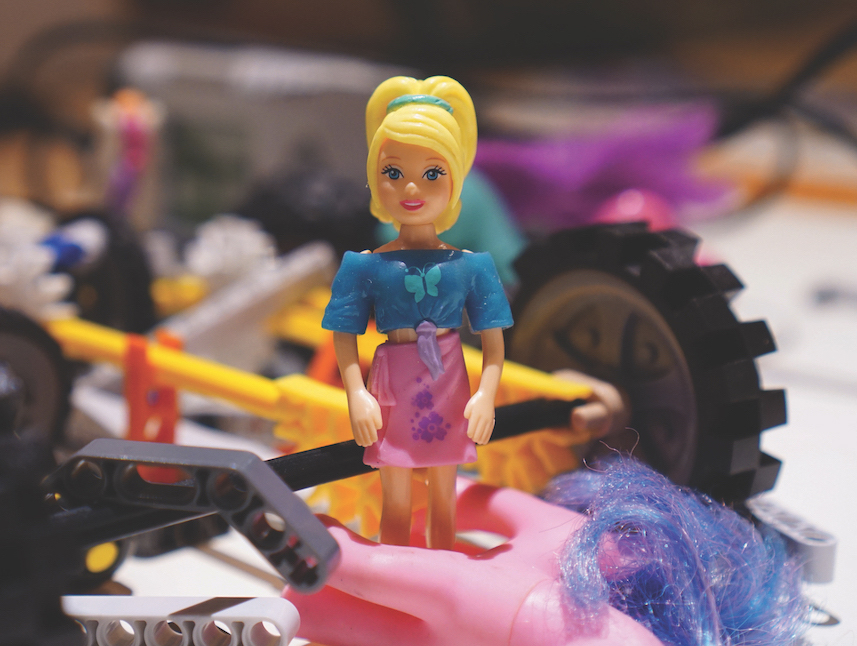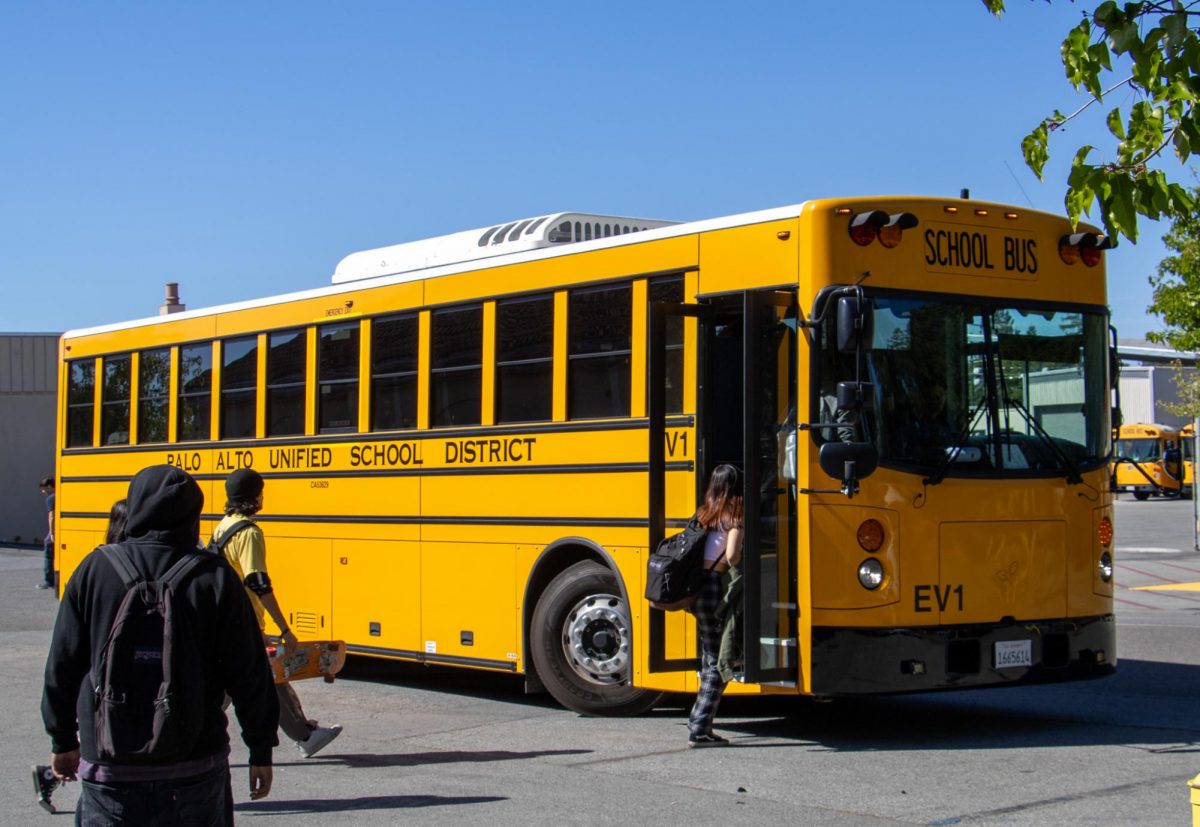In the Palo Alto Unified School District, each high school student is guaranteed a Chromebook, costing the district an estimated $300 per student over the course of four years. But this estimate assumes that one student will only need one Chromebook with no repairs over their entire high-school career, which is often not the case.
Palo Alto High School students frequently treat their Chromebooks with little regard, simply replacing them whenever they’re damaged at no additional cost.
Paly sophomore Youssuf Fakhry talked about a similar experience with his own school-issued Chromebook during a downtime in his class period when the two students began mishandling each other’s devices.
“We were joking around and then his Chromebook smacked on the floor and just absolutely got obliterated,” Fakhry said. However, his friend was unconcerned as the anonymous student “just went to go get another.”
This problem has recently gained the attention of Paly’s teachers. For example, Paly English teacher Kari Snell says she recently noticed an increase in cracked screens and cracked keyboards. “Students are not always respected[ing] them as much as they should,” Snell said.
According to the school Information Technology department, the end result of this student recklessness is dozens of damaged Chromebooks that it has to manage, leaving staff with the difficult choice of sending broken Chromebooks to the landfill or investing disproportionate amounts of effort into repairing them.
“It’s easier to dispose of a $300 Acer Chromebook versus $1,000 MacBook”, IT department member Frank Gonzalez said. “If a student drops and cracks this Acer it doesn’t hurt as much as computers on the pricey side, [so we] do small things like fixing if keys pop off… [,but usually] it’s more cost-effective to replace them.”
This issue is not just limited to Paly: districts nationwide are starting to feel the brunt of low-cost Chromebooks reaching the end of their useful lives. For example, according to the Chicago Public School district’s inspector general, a lack of Chromebook tracking resulted in $23 million worth of losses. Other districts like the Anne Arundel County Public School District in Maryland have done away with their loaner programs altogether, with spokesperson Bob Mosier citing “ $4 million on repairs to Chromebooks”. This has caused them to require Chromebooks to stay on campus, limiting the effectiveness of 1-1 Chromebook programs.
Replacement parts are too expensive to justify going through with repairs, especially on public school budgets. Screen replacements “start at around $210 and go up to $310,” according to ThePricer media, a New York based price aggregation website.
Our current system removes student responsibility for damaging their devices. This decision then saddles IT departments with the difficult task of balancing the creation of E-Waste and making financially responsible decisions for their districts.
Ultimately, we feel PAUSD needs to rethink how it handles school-designated electronics to create more student accountability, following in the footsteps of other districts which have been doing the same.
A potential solution could be found in the way that Paly handles textbook damages–making students partially responsible for the financial burden of replacing damaged property. This could be a partial fee to replace and repair damaged Chromebooks could discourage malicious and carelessness in students.












![Rocket club attendees design their posters for Club Day. This is just a place where they [rocket club attendees] can find people who are like them in the mind, rocket club president Sonya Vishnyakova said.](https://palyveritas.com/wp-content/uploads/2024/05/IMG_4815-1-4-1200x1200.jpg)
